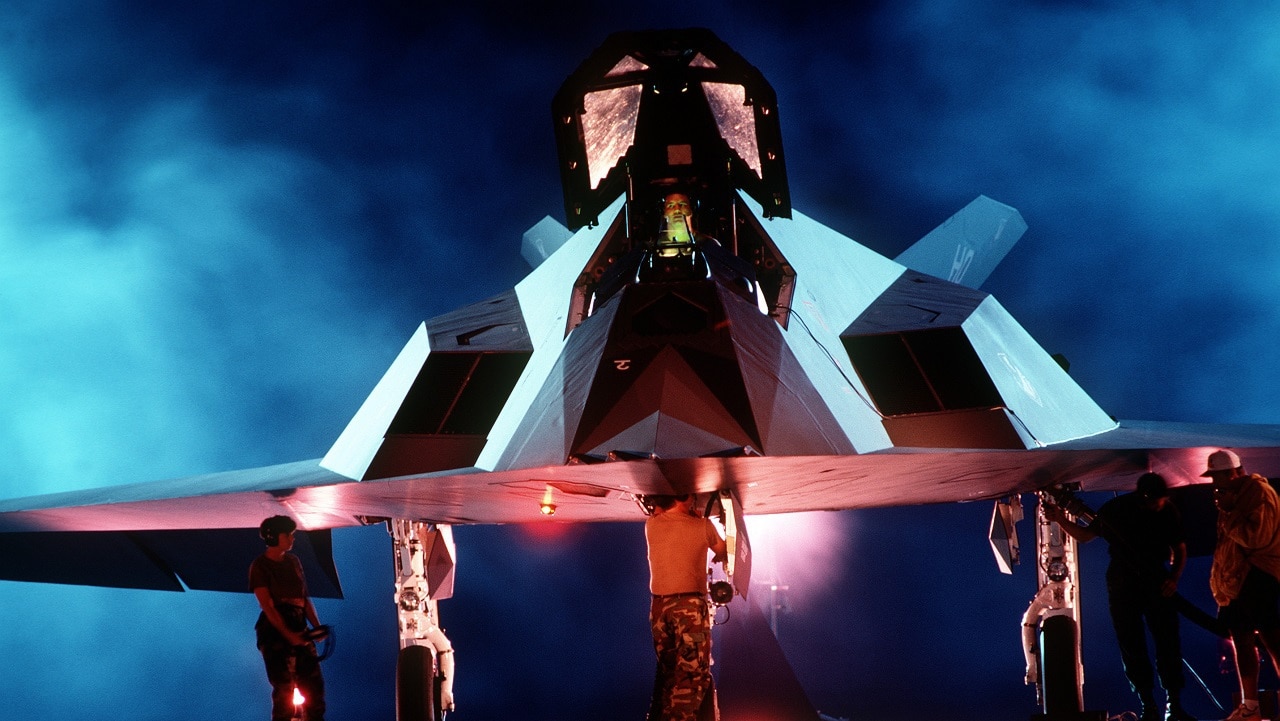The secretive and mysterious stealthy F-117 Night Hawk exploded onto the scene during the Gulf War in 1991, introducing the world to a previously unparalleled level of innovation and elusive, secret, yet penetrating air attack.
It was the advent and combat arrival of stealth technology, and the angular-looking aircraft was entirely different from anything seen before in the realm of attack planes.
While famous for its performance during the war against Iraqi air defenses, assessments in more recent years have questioned the true extent to which the aircraft was “stealthy.”
Stealth technology has evolved in paradigm-changing ways since the days of the Gulf War, and the F-117 Night Hawk has earned a distinguished place in the annals of air-war history.
Yet, subsequent analysis of its performance and stealth properties has been the subject of much inquiry and debate.
Smithsonian Magazine covered the issue as far back as 2008, explaining that the aircraft allure or image of “invincibility” was shattered in 1999 when an F-117 was shot down over Serbia in 1999.
What were some of its limitations? The Smithsonian report argues that the aircraft was essentially “rushed” and lacked the requisite stealth properties to sustain a much lower Radar Cross Section (RCS).
F-117 Influences Future of Stealth
In terms of its production, the Smithsonian article explains that many technologies built into the system came from the B-52, F/A-18 Hornet, and F-16, yet some of the largest challenges reportedly pertained to specifics regarding its stealth technology.
“The biggest problem resided in the fundamentals of stealth. When a radar pulse lights up an airplane, electrical currents form all over its skin—and when they hit an obstacle or jump a gap, they cause tiny sparks or scintillations, which the radar can detect. The F-117 controlled these with a coating of absorbent material, but if the coating had even the smallest gap or crack, it could betray the aircraft,” the Smithsonian article states.
It seems several key fundamentals of stealth technology were both on display and learned from the F-117. The aircraft was designed with flat, angular panels covered with radar-absorbent material connected by a “putty-like” material to prevent shapes, contours, or uneven parts of a fuselage from generating a return signal to enemy air defense radar. Seams, bolts, and fuselage parts “welded” together can create detectable “shapes” likely seen by enemy radar.
Pioneering A Path to Future Stealth
Much of the F-117 design was influenced by a scientific discovery as far back as 1964, in which a Russian mathematician discovered that “a radar return is proportional to the arrangement of edges of an object, not the size.”
This explains the flat shapes and carefully configured edges, yet the concept also explains why a B-2 bomber has a rounded, blended wing body with no vertical structures or protruding shapes likely to generate a return signature to enemy radar.
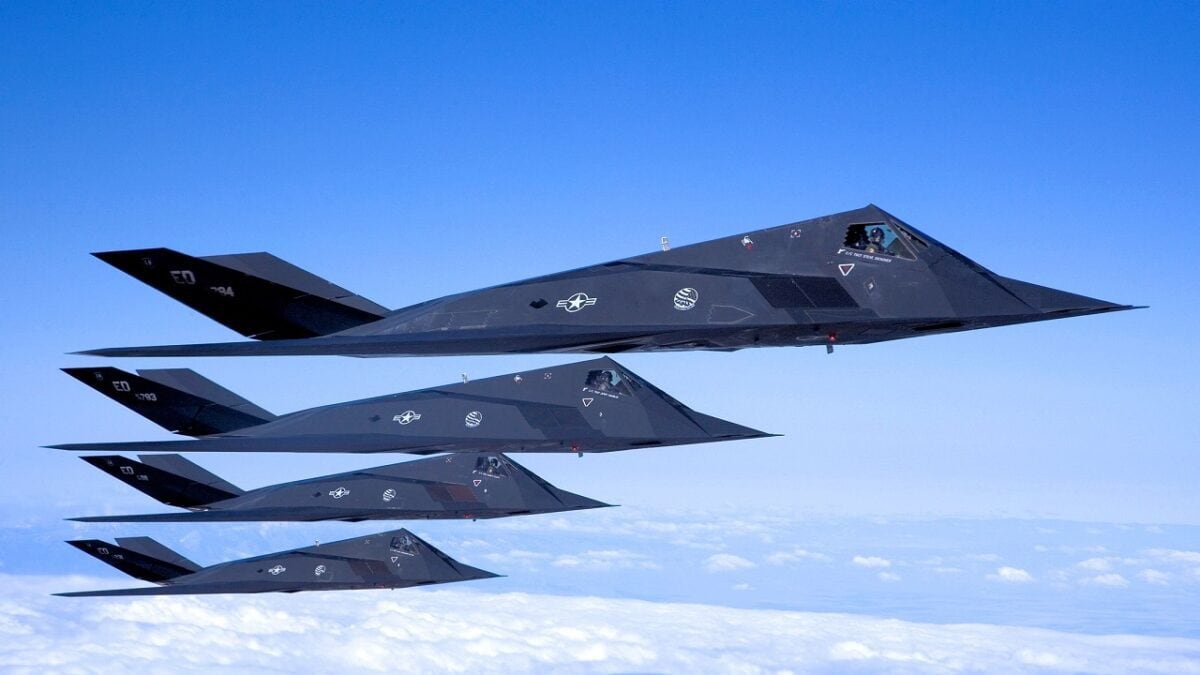
Four F-117 Nighthawks fly in formation during a sortie over the Antelope Valley recently. After 25 years of history, the aircraft is set to retire soon. As the Air Force’s first stealth fighter, the F-117 is capable of performing reconnaissance missions and bombing critical targets, all without the enemy’s knowledge. (Photo by Bobbi Zapka)
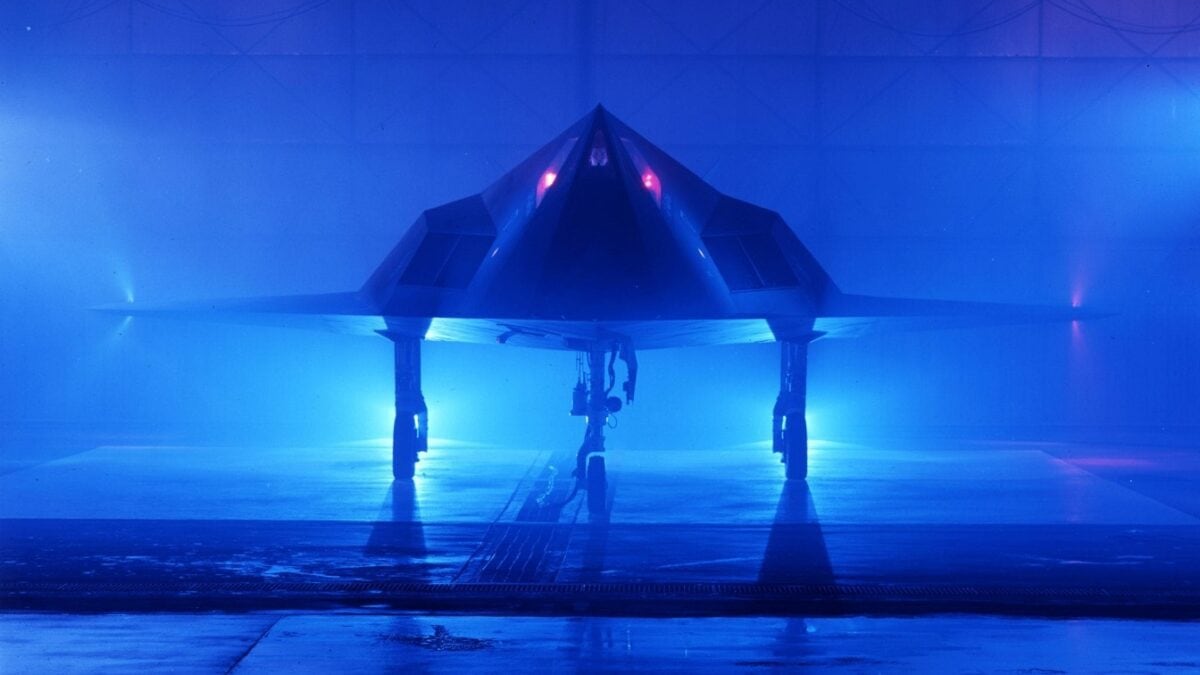
F-117. Image Credit: Lockheed Martin.
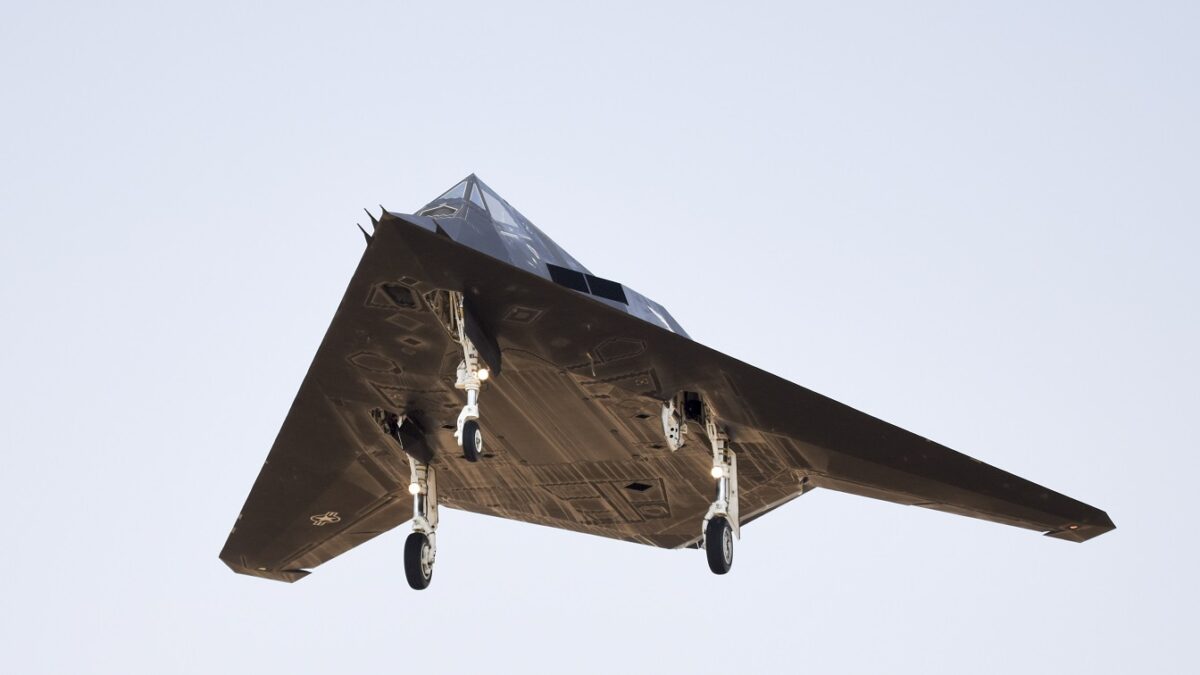
An F-117 Nighthawk lands at the Fresno Yosemite International Airport, Sept. 15, 2021, after conducting a training mission with the local Air National Guard unit. Two F-117 Nighthawks are participating in dissimilar air combat training missions this week along with F-15 pilots from the 144th Fighter Wing in Fresno, Calif. (U.S. Air National Guard photo by Capt. Jason Sanchez)
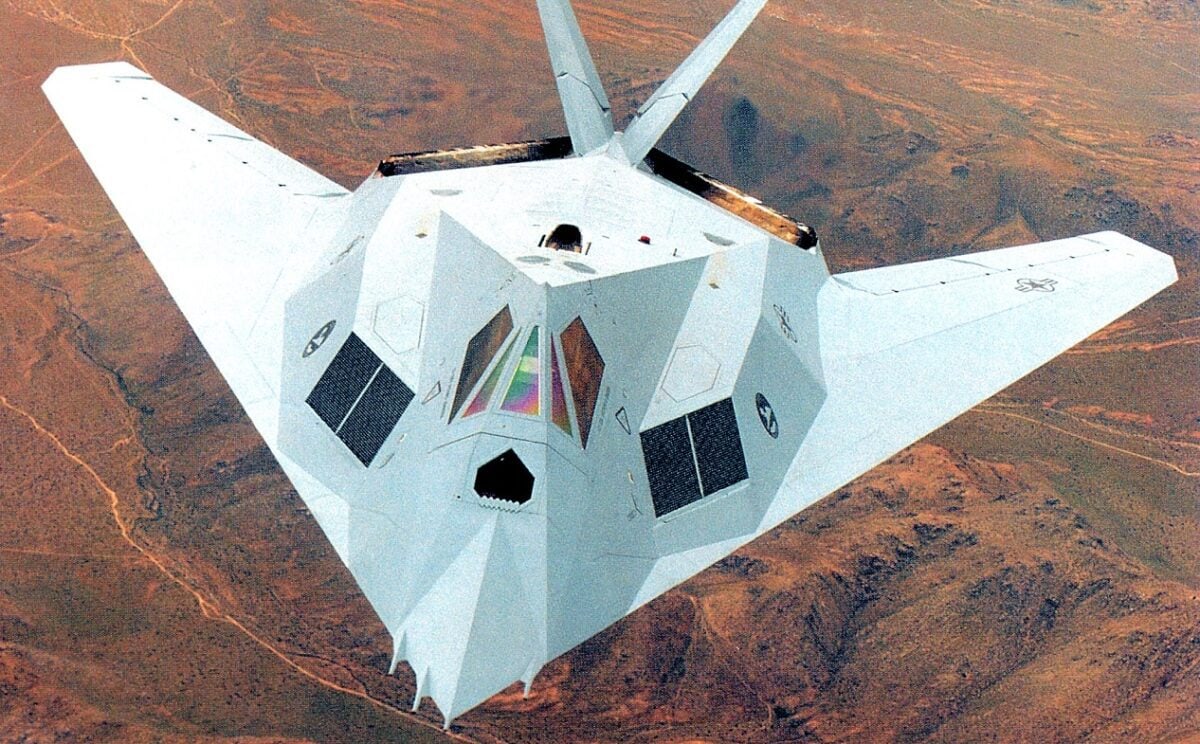
F-117 Stealth Fighter.
“For all the hype, the aircraft was far from invisible. The RCS figures remain classified, but the airplane was more visible to radar from the sides than head-on. Planning the missions was difficult—because the jet could be seen by radar, the track had to be carefully adjusted to minimize the craft’s exposure,” the Smithsonian Magazine article states.
The F-117 relied heavily upon its radar-absorbent coating and “butter”-like material used to connect and glue panels together.
Also, the Smithsonian report explains that the F-117 helped pioneer the concept of thermal management for stealth by essentially “burying” the engine inside the plane.
“The engines were concealed from radar by Chrysler-like grills, and the hot exhaust gas from the engine was expelled through slits,” the Smithsonian paper says.
MORE: Joe Biden Won’t Send F-16 Fighters to Ukraine
MORE: Why Putin Should Fear the F-16 Fighter
Kris Osborn is the Military Affairs Editor of 19FortyFive and President of Warrior Maven – Center for Military Modernization. Osborn previously served at the Pentagon as a Highly Qualified Expert with the Office of the Assistant Secretary of the Army—Acquisition, Logistics & Technology. Osborn has also worked as an anchor and on-air military specialist at national TV networks. He has appeared as a guest military expert on Fox News, MSNBC, The Military Channel, and The History Channel. He also has a Masters Degree in Comparative Literature from Columbia University

